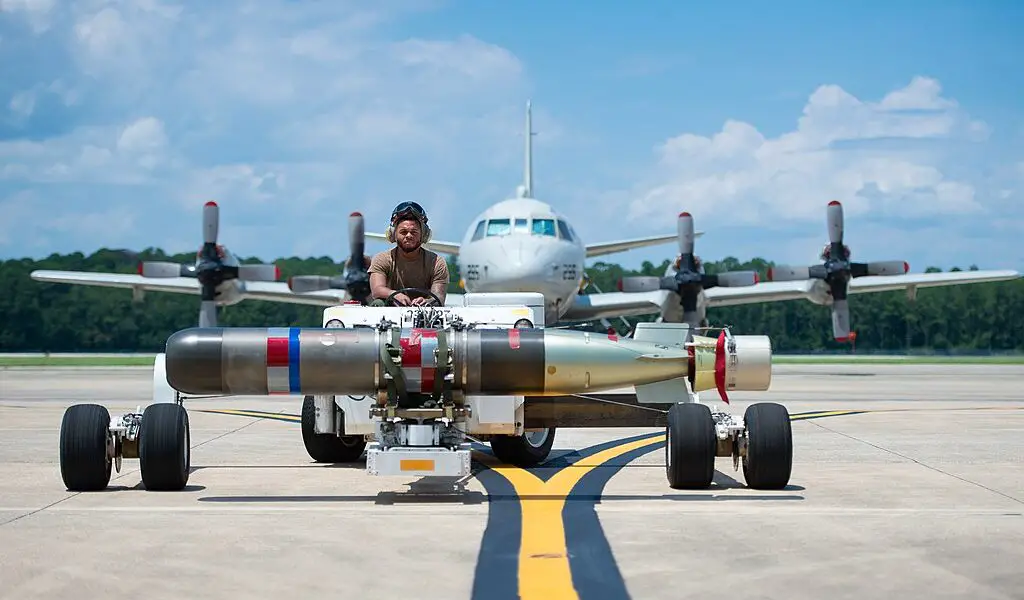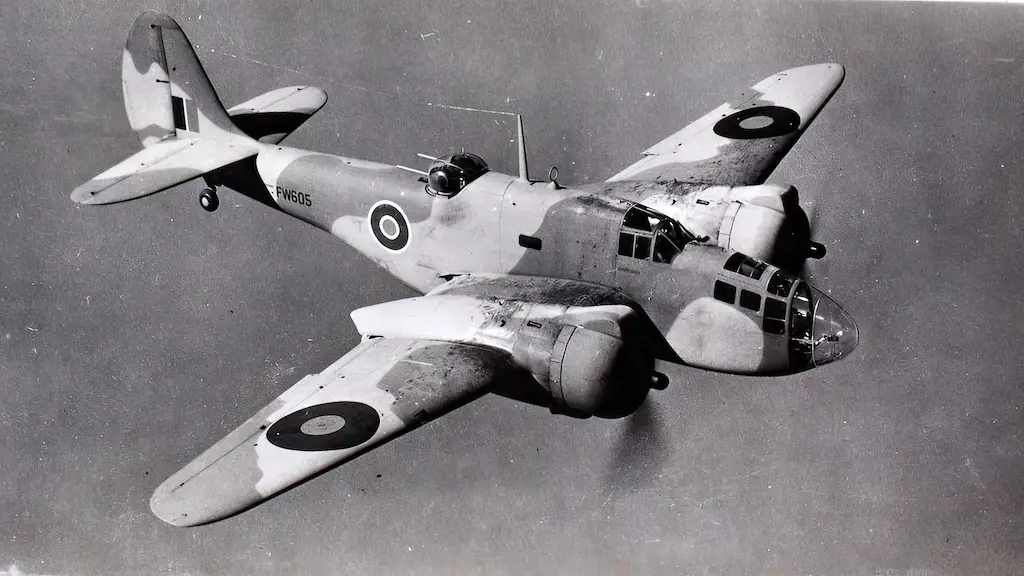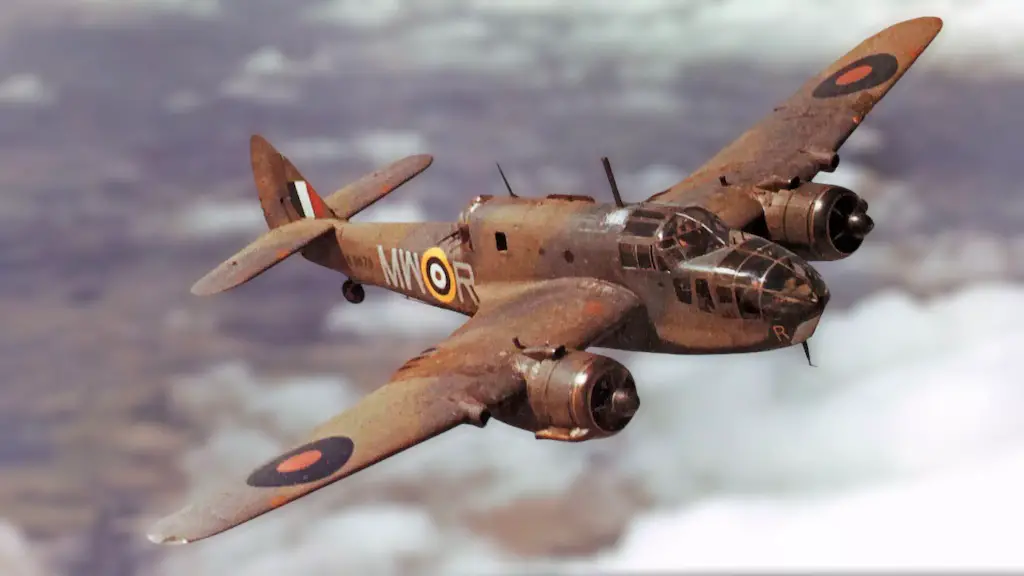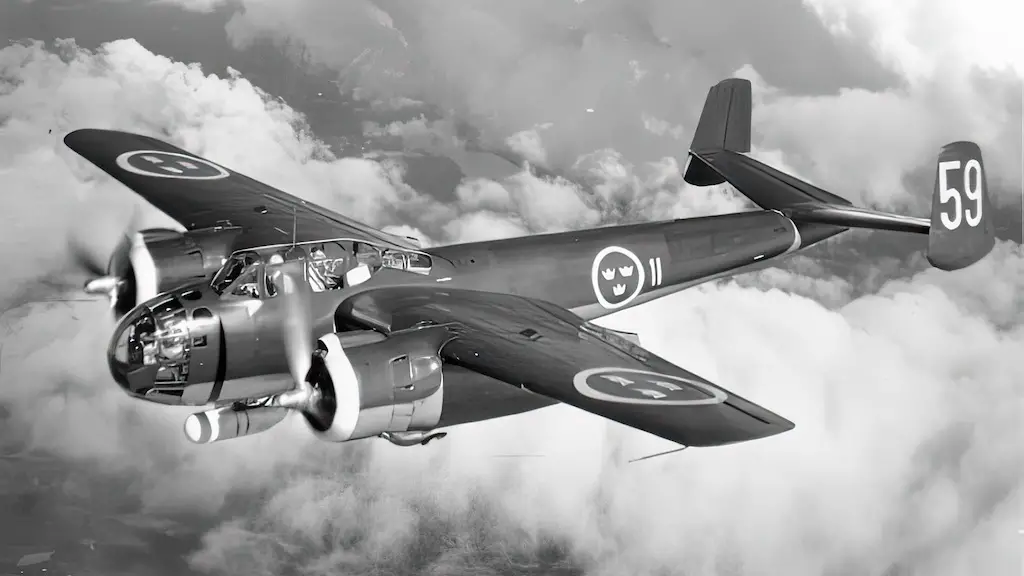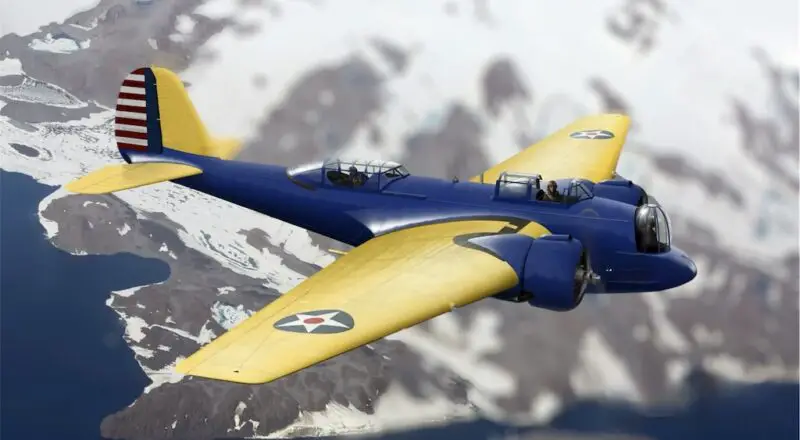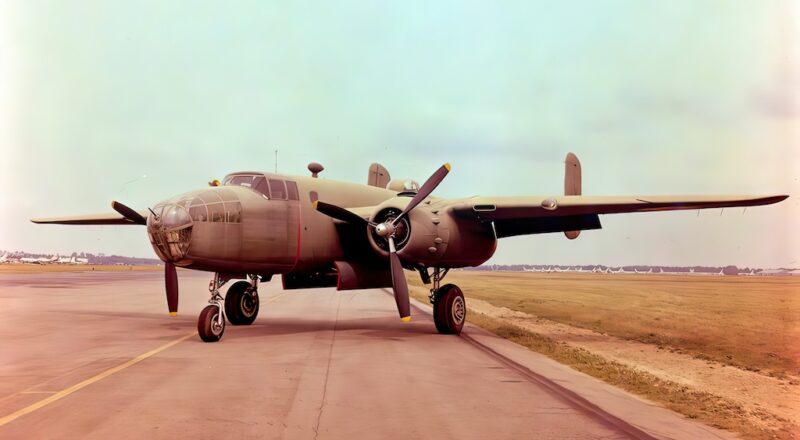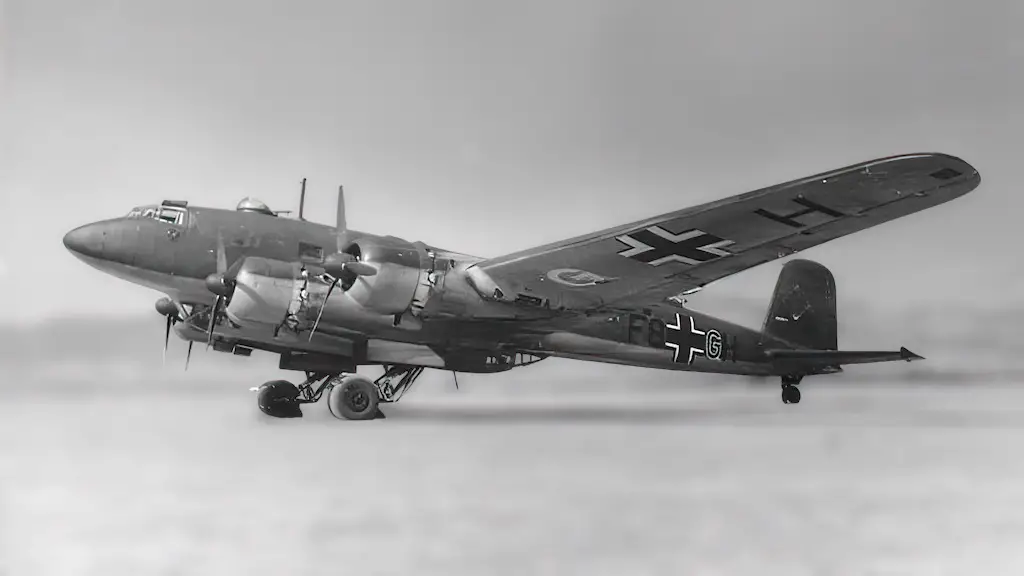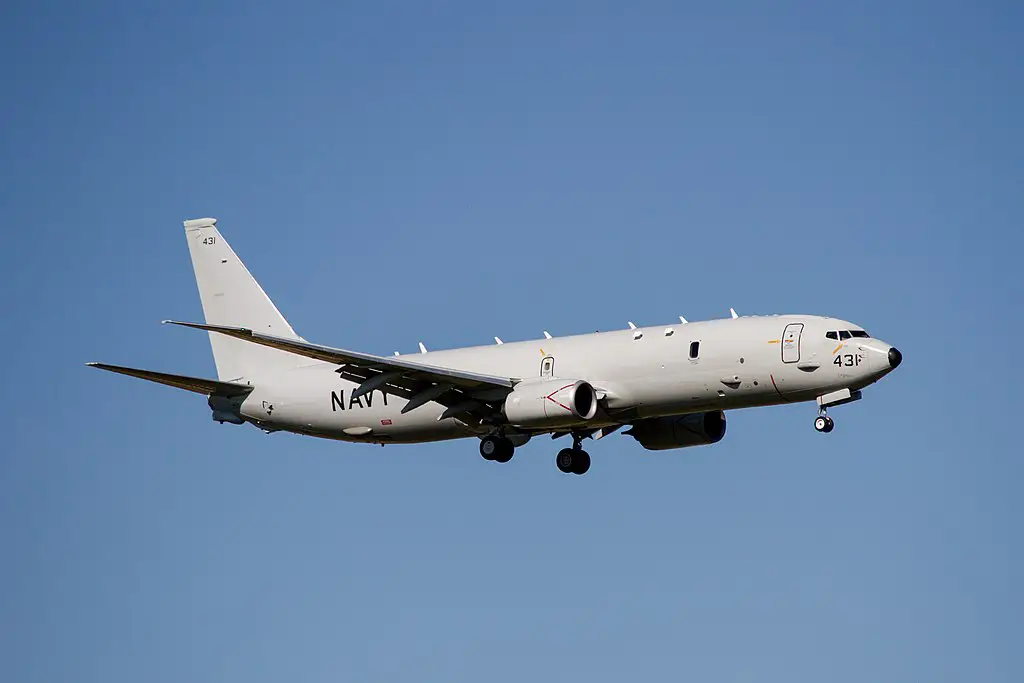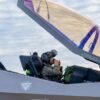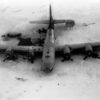The US Navy has declared an initial operational capability (IOC) for its High Altitude Anti-Submarine Warfare Weapon Capability (HAAWC). It will allow Boeing P-8A Poseidon maritime patrol aircraft, which are among Navy’s key anti-submarine warfare assets, to use torpedoes as a standoff weapon, launching them at enemy submarines from further away and higher above. And with higher accuracy, too.
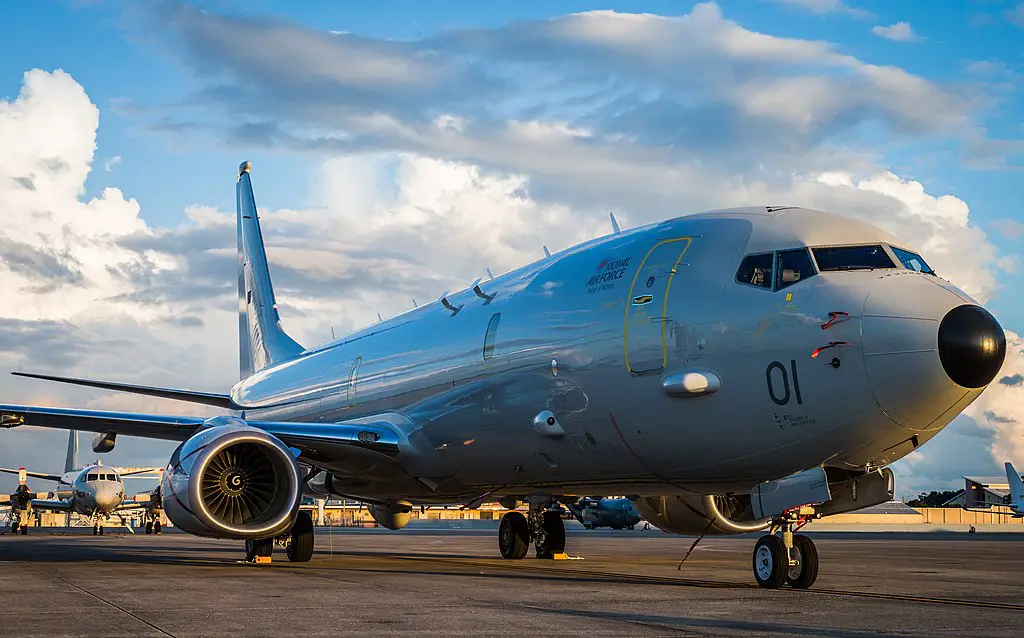
A gliding torpedo
The key part of HAAWC is the Air Launch Accessory (ALA). It is, essentially, a wing kit attached to an Mk 54 lightweight torpedo. Once HAAWC-equipped torpedo is dropped from an aircraft, its two pop-out wings deploy and the weapon glides toward the target either guided by GPS or using inertial navigation system. When the torpedo approaches the sea surface, a parachute is deployed to prevent damage of the torpedo on impact against the water.
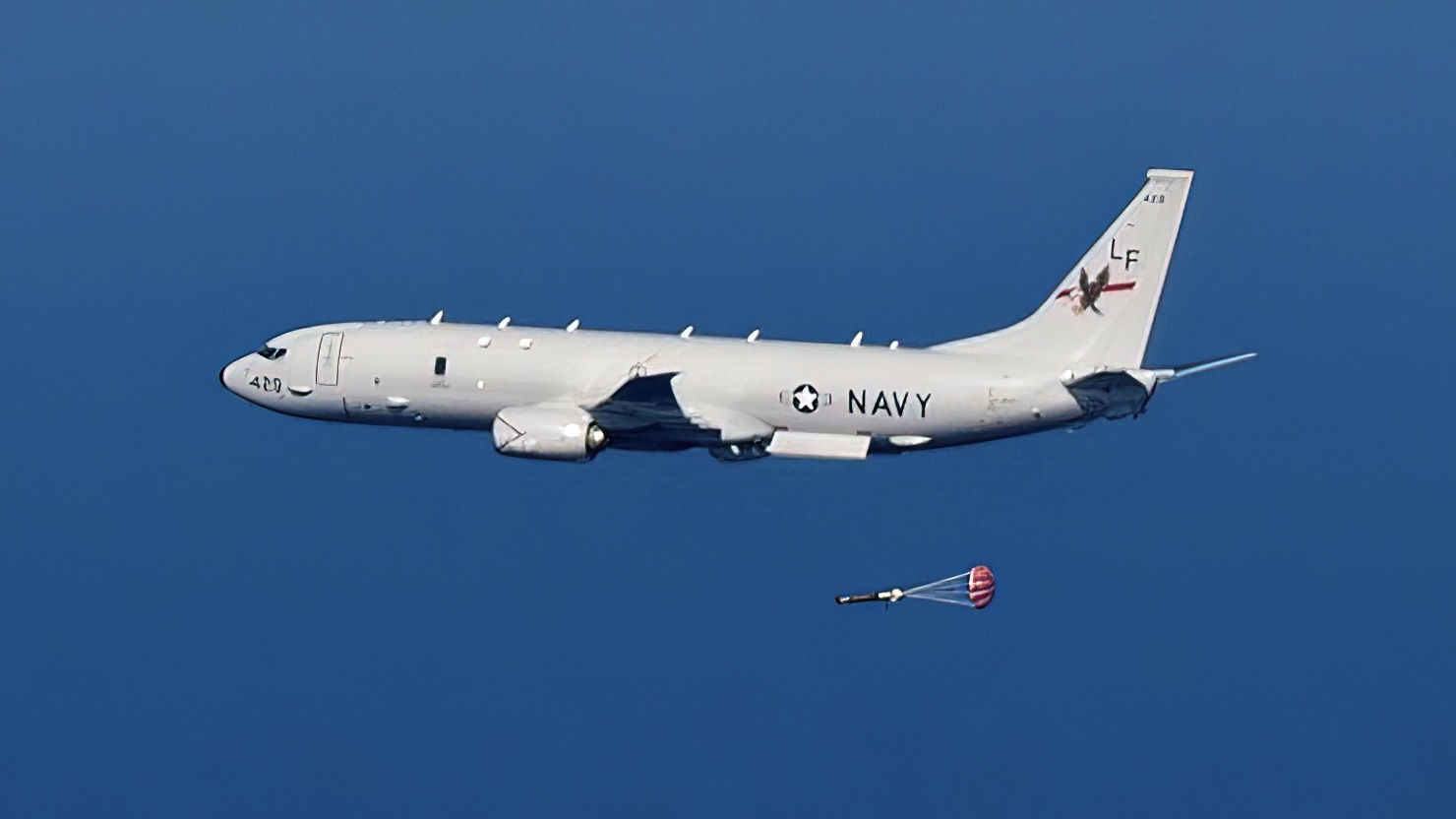
Torpedoes launched from some 30,000 ft can glide much longer distances than those dropped near the surface. Boeing didn’t mention an exact distance in its press release, but it may be in the range of dozens of miles. Previously Navy aircraft had to drop Mk-54s from much lower altitudes, sometimes as low as 100ft. Consequently, they had to do it very close to the target.
Higher safety for aircrews, better operational flexibility
The use of such standoff weapons reduces the exposure of US aircraft and crews to enemy air defenses. Besides, it allows for greater operational flexibility both for the P-8 crew and for the torpedo, once it is launched. HAAWC includes a datalink that allows the weapon to be retargeted in flight in case the submarine changes position, another more important target emerges nearby, or there’s a need to abort the mission altogether.
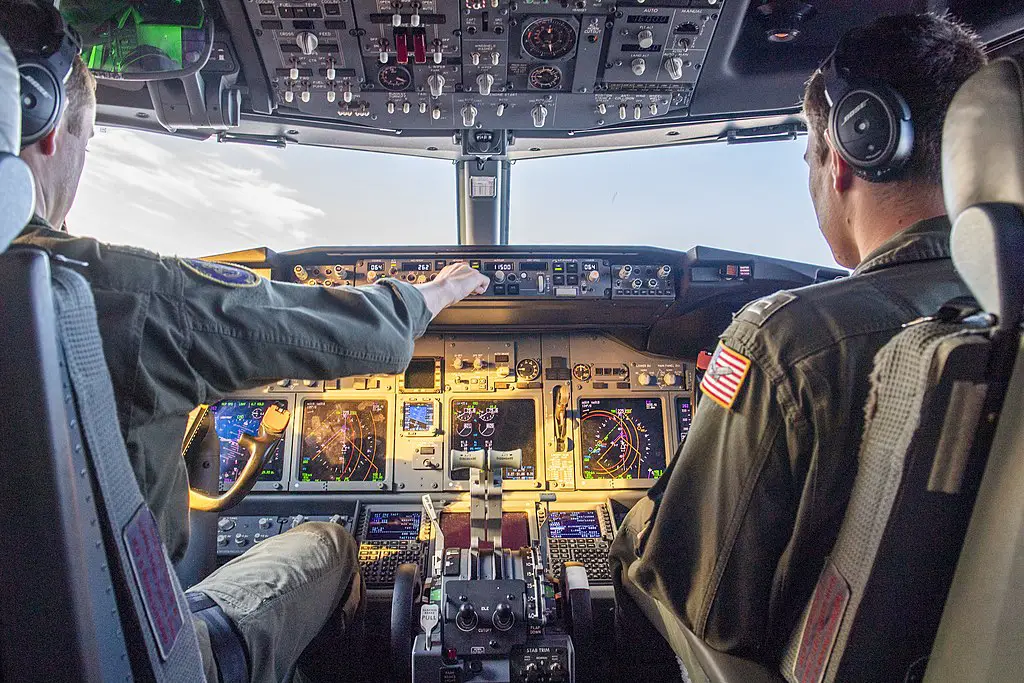
Launching the torpedo from almost Poseidon’s cruising altitude also allows the crew to immediately proceed to another objectives if necessary. Such as launching torpedoes against other targets, or carrying out intelligence, surveillance and reconnaissance missions.
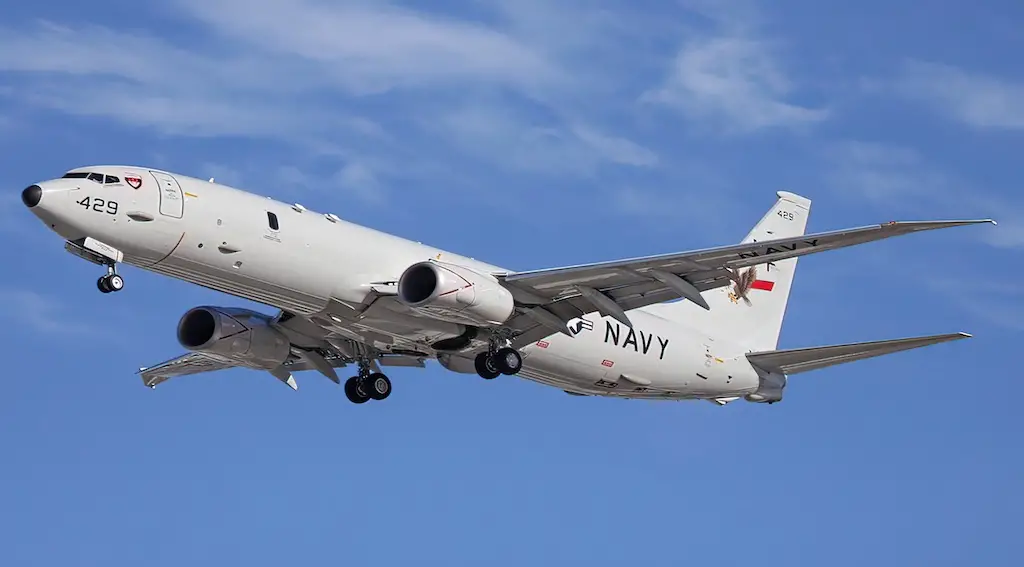
Plans for the decade
Boeing was awarded a full-rate production contract for the system back in August. Next, followed squadron training, receipt of low-rate initial production units, and now the IOC confirmation. The company’s press release also says that additional fielding of HAAWC units is “scheduled through 2024, with the potential for production to continue into 2030 under the current contract.”

